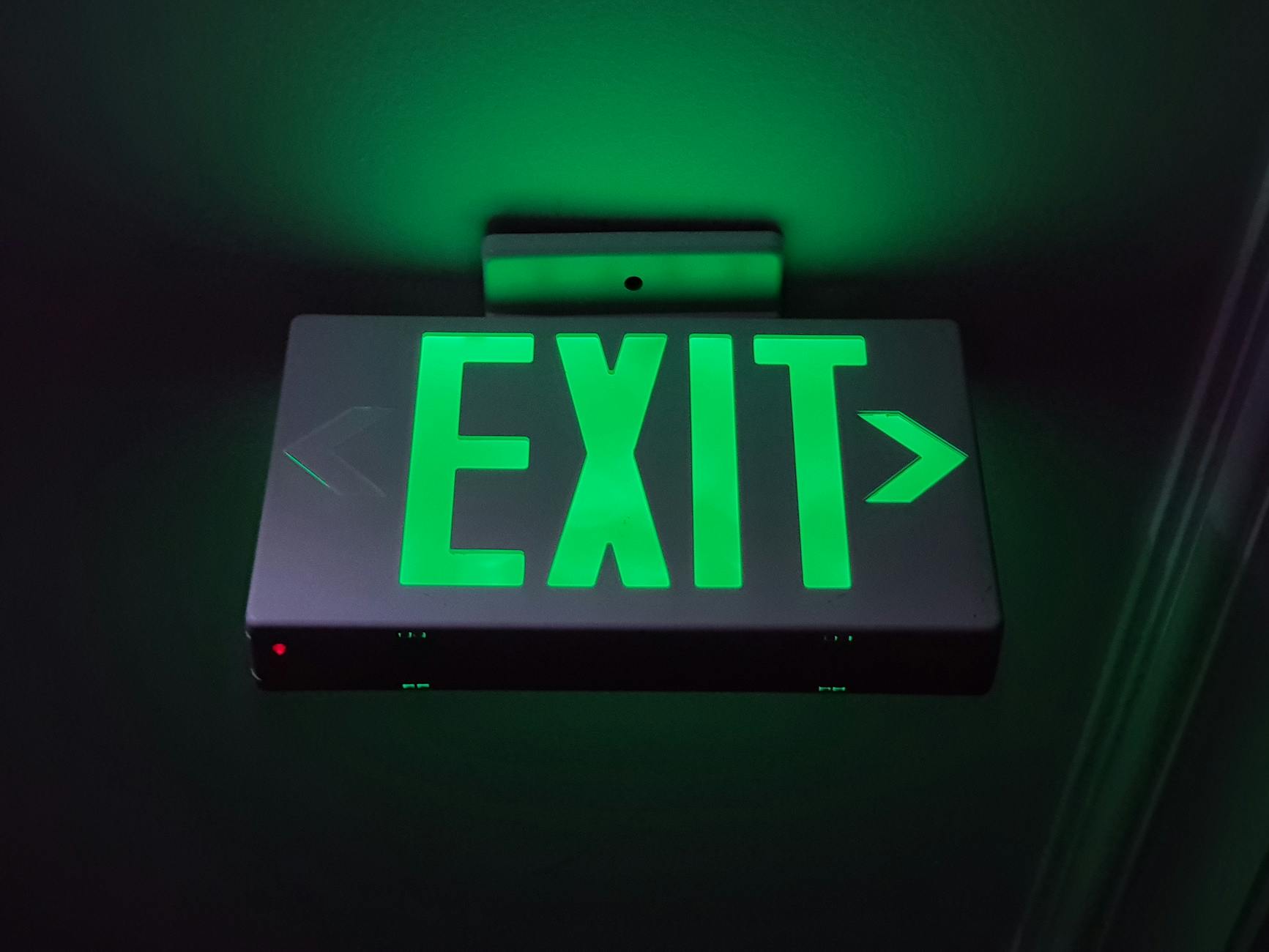Go Green After Dark: The Ultimate Guide to Solar-Powered Lighting
As we strive towards a more sustainable future, embracing solar-powered solutions stands paramount. Introducing solar-powered lighting into your home or business not only enhances aesthetics but also delivers energy-efficient benefits. But how can you effectively harness the power of the sun even after it sets? This comprehensive guide will illuminate your path to understanding and implementing solar lights.
Why Choose Solar-Powered Lighting?
Before we delve into the types and applications of solar-powered lighting, let’s explore why it’s a wise choice:
- Environmentally Friendly: Solar lights utilize energy from the sun, reducing the reliance on non-renewable energy sources.
- Cost-Effective: Once installed, solar lights typically have minimal maintenance costs and eliminate monthly electricity bills related to outdoor lighting.
- Easy Installation: Most solar lights are wireless, simplifying the installation process significantly.
- Safety: Solar lighting does not involve electrical wiring, reducing the risk of electric shock or fire hazards.
Types of Solar-Powered Lighting
Solar-powered lighting comes in various forms, serving both decorative and functional purposes. Here is a breakdown of popular types:
- Solar Garden Lights: Perfect for adding ambiance and marking pathways, these lights are typically stake-mounted and available in numerous designs.
- Solar Motion Sensor Lights: These lights enhance security by illuminating areas with detected movement, ideal for driveways or entry points.
- Solar String Lights: Offering a whimsical aesthetic, solar string lights are perfect for outdoor dining areas, patios, or pergolas.
- Solar Flood Lights: Designed to cast a broad spectrum of light, these are best for illuminating large areas such as parking lots or extensive backyards.
Installation and Maintenance
Deploying solar lights in your outdoor spaces is quite straightforward, yet there are some key points to consider:
Placement
Ensure your solar panels receive ample sunlight during the day. Avoid areas shaded by buildings or tall trees, as this can significantly impact their efficiency.
Installation
Most solar lights come with easy-to-follow installation guides. For stake-mounted lights, it’s as simple as driving them into the ground. Wall-mounted lights may need minor drilling.
Maintenance
Although solar lights require minimal upkeep, here are a few tips:
- Regularly clean the solar panel surface to maximize energy absorption.
- Periodically check battery connections and look for corrosion or weather-induced damage.
- Replace batteries every few years to maintain optimal performance.
Maximizing the Benefits of Solar Lighting
To truly reap the advantages of solar lighting, consider these innovative applications:
- Combining Solar with Smart Technology: Integrate solar lights into your smart home ecosystem for added convenience and energy-saving benefits.
- Layered Lighting Design: Use various types of solar lighting to create a layered lighting design, enhancing both security and aesthetics.
- Seasonal Adjustments: Modify the placement and types of lighting based on seasonal changes and event-specific needs.
Conclusion
Solar-powered lighting presents an eco-friendly, cost-effective solution to illuminate your outdoor spaces. Whether through garden lights, security systems, or decorative string lights, solar options are plentiful and adaptable to various needs and styles. By understanding installation, maintenance, and innovative uses, you can effectively go green after dark.
So why wait? Embark on your solar journey today and transform your space with sustainable illumination.





